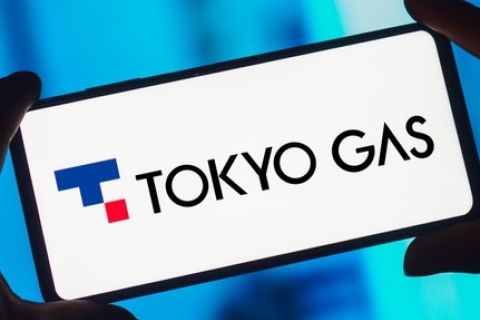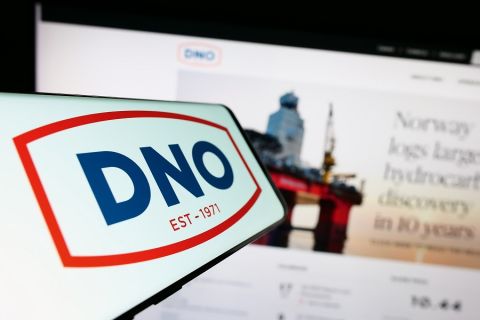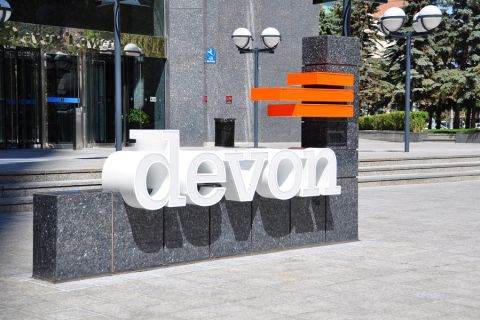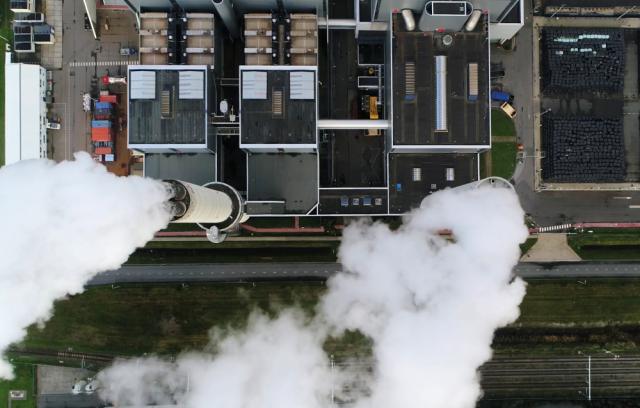
Energy experts believe the Inflation Reduction Act, which includes tax credits for renewable energy development, will draw more investment to the sector. (Source: Shutterstock.com)
As EY’s Americas energy transition and renewable energy leader, Greg Matlock said he has been involved with 26 carbon capture projects in the various stages.
Only a dozen of the projects, which included projects from the emitter to the capture or sequestration company, made “economic sense” before historic legislation was signed into law.
“With the Inflation Reduction Act [IRA] because the credit for carbon capture, for example, went up significantly, all 26 now may make economic sense when you pencil out the overall plan economics,” Matlock said during Hart Energy’s recently held Energy ESG conference. Though the specifics vary by company, “when we focus on ancillary or adjacent energy production or operating in cleaner, more efficient manners, there’s a lot in here that can be beneficial.”
Signed into law in mid-August, the IRA includes about $369 billion in incentives for clean energy and climate-related spending. Its passage came as the U.S. takes steps to lower greenhouse-gas emissions 40% below 2005 levels by 2030, a move to slow climate change. Energy experts believe the law, which includes tax credits for renewable energy development, will draw more investment to the sector.
“When we focus on ancillary or adjacent energy production or operating in cleaner, more efficient manners, there’s a lot in [the Inflation Reduction Act] that can be beneficial.”—Greg Matlock, EY
The law revises the requirements and qualification criteria for 45Q tax credits for carbon capture. It provides a tax credit of $85 per ton for sequestering CO₂ produced by industrial activity, up from $50 per ton. It also adds a tax credit for direct air capture: $180 per ton.
In addition, the law lowers the amount of carbon emissions projects must have to qualify, and includes a direct pay option that further incentivizes investment.
“The direct pay allows for certain types of taxpayers to get a refund from the government, as if you could have used it,” Matlock explained. “So, if I sat there and I said, Hey, I had $100 worth of credit and I can’t use it, I now get $100 refund from the government. They’re basically writing me a check as if I could have used that credit.”
There is, however, a caveat. It’s only available to certain types of entities, including for carbon capture and hydrogen.
The credit can also now be sold, he added. Regulations are needed to determine the details, but “the goal is to create kind of a secondary market to fund these types of projects.”
Capturing carbon and storing it can be expensive. But as the International Energy Agency (IEA) pointed out, the cost of capturing carbon—for example—depends on the source.
Carbon capture costs range from $15-$25/t of CO₂ for industrial processes producing highly concentrated CO₂ streams such as natural gas processing to $40-$120/t CO2 for processes with less concentrated streams. These include power generation. Direct air capture is the most expensive.
“Some of the companies are now looking into CCUS as a diversification strategy and not just decarbonization strategy.”—Alisa Lukash, Rystad Energy
Besides costs, there have also been concerns about whether CO₂ buried underground could leak, contributing to climate change. Plus, some CCS projects aren’t capturing as much CO₂ as originally envisioned.
A study by the Institute for Energy Economics and Financial Analysis found that failed and underperforming CCS projects outnumbered the successful ones. It found the successful projects were mainly those in the natural gas processing sector serving the fossil fuel industry, potentially increasing emissions.
Still, seeing the benefits and potential of ongoing efforts to advance technologies, some companies are pushing forward.
Traditional oil and gas players focusing on CCUS include Denbury Inc., Exxon Mobil Corp., Occidental Petroleum Corp. and Talos Energy Inc. among others.
Earlier this year, Exxon Mobil said in a presentation that capturing CO₂ and storing it underground could become a $4 trillion market by 2050. The energy company put the potential hydrogen market size by 2050 at about $1.5 trillion, with traditional oil and gas at about $6.5 trillion.
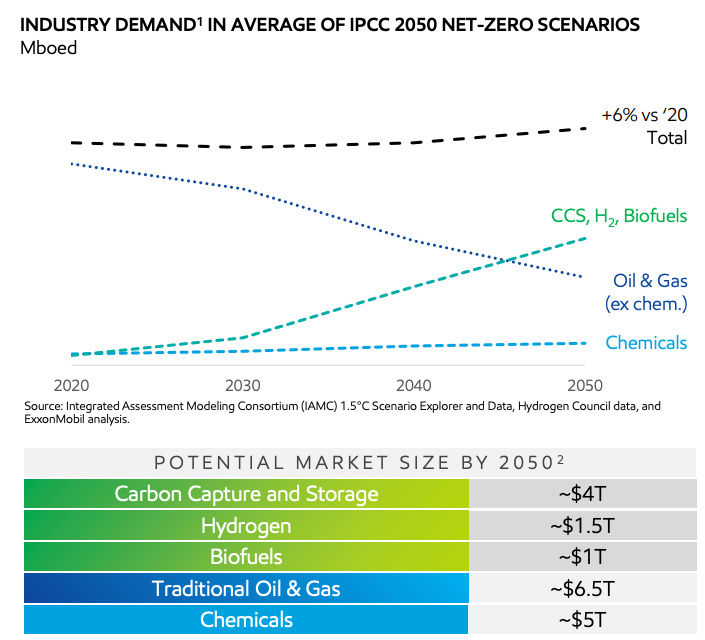
Seen as having an important role in reaching global energy and climate goals, CCUS includes a set of technologies that capture CO₂ from sources such as power generation and industrial facilities, or in the case of direct air capture, directly from the air. The captured CO₂ is compressed, transported and permanently stored underground, if it is not utilized.
Asked whether CCUS was a “wise investment” or “money pit” for majors and large independents, Rystad Energy Vice President of Shale Research Alisa Lukash called it a “great investment.”
“It’s very well integrated into what they’ve been doing historically,” she said, adding CO₂ has been largely used for EOR.
Moving forward, however, the focus shifts to permanent storage.
“Some of the companies are now looking into CCUS as a diversification strategy and not just decarbonization strategy,” Lukash said.
Most of the 26 projects that Matlock mentioned permanently sequester the CO₂, he said.
“They start with decarbonization push sometimes from upstream investors in a private equity context, analyst pressure or something else,” he said. “But at the end of the day, if it doesn’t make economic sense, these investments are generally not happening.”
Recommended Reading
DXP Enterprises Buys Water Service Company Kappe Associates
2024-02-06 - DXP Enterprise’s purchase of Kappe, a water and wastewater company, adds scale to DXP’s national water management profile.
ARM Energy Sells Minority Stake in Natgas Marketer to Tokyo Gas
2024-02-06 - Tokyo Gas America Ltd. purchased a stake in the new firm, ARM Energy Trading LLC, one of the largest private physical gas marketers in North America.
California Resources Corp., Aera Energy to Combine in $2.1B Merger
2024-02-07 - The announced combination between California Resources and Aera Energy comes one year after Exxon and Shell closed the sale of Aera to a German asset manager for $4 billion.
DNO Acquires Arran Field Stake, Continuing North Sea Expansion
2024-02-06 - DNO will pay $70 million for Arran Field interests held by ONE-Dyas, and up to $5 million in contingency payments if certain operational targets are met.
Report: Devon Energy Targeting Bakken E&P Enerplus for Acquisition
2024-02-08 - The acquisition of Enerplus by Devon would more than double the company’s third-quarter 2023 Williston Basin production.



